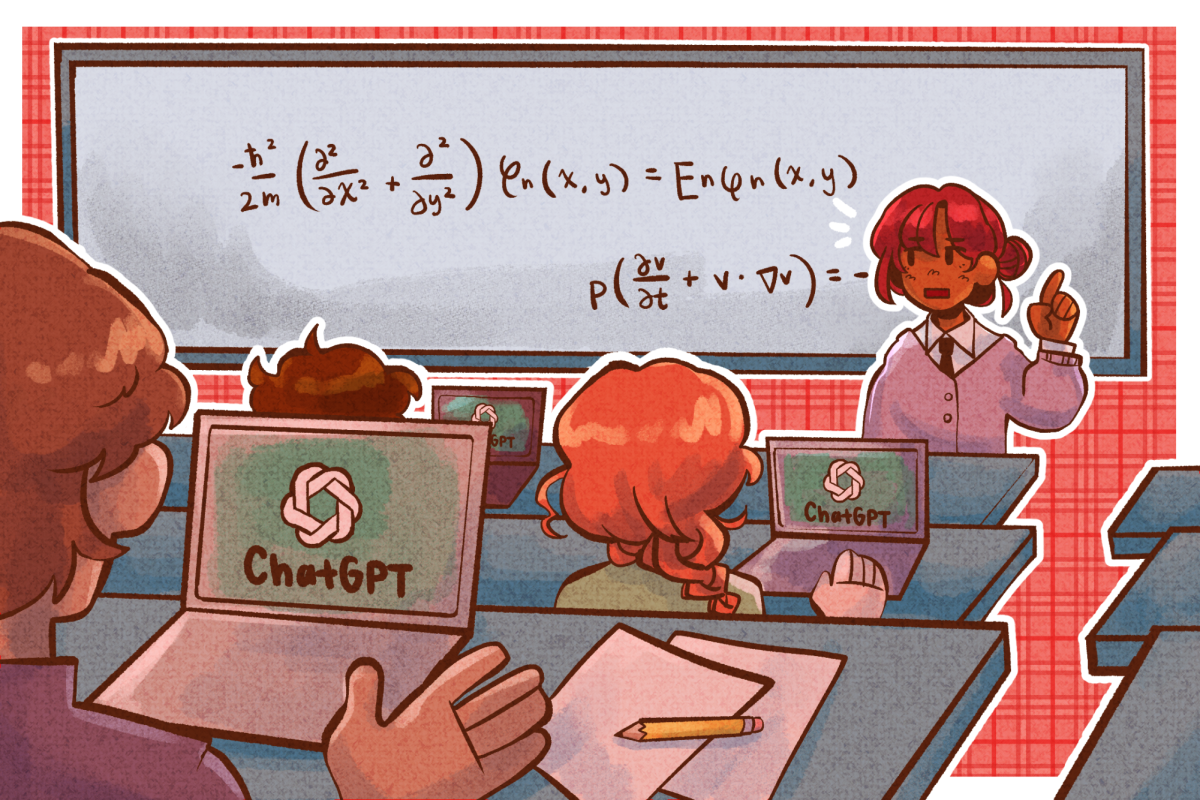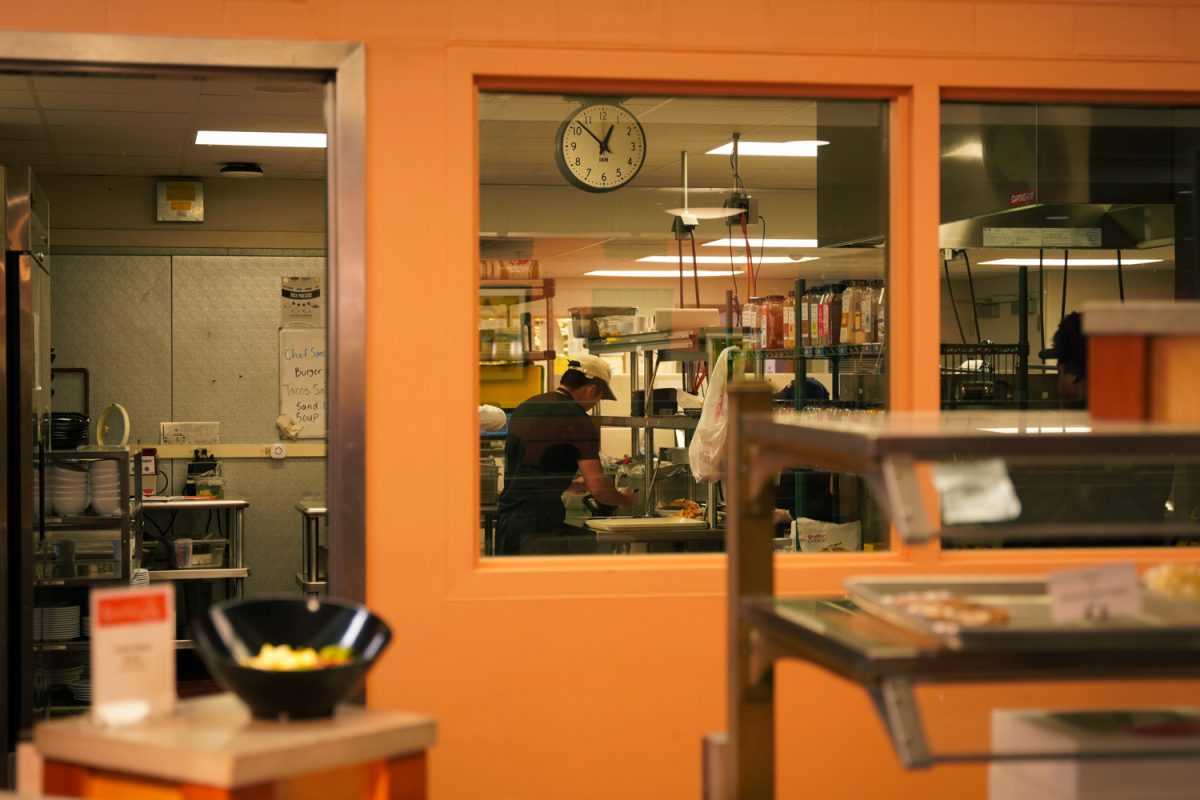Michael Brawn was imprisoned for 16 and a half years in Danville Correctional Center. He is now credited with a published paper in the Harvard Education Review and serves as a co-founder of several community projects across Champaign-Urbana.
However, Brawn took little credit for his current success and turnaround since his incarceration.
“The only reason I’m standing up here today is because I had access and opportunity,” Brawn said in a speech given Nov. 3 at the University YMCA’s Friday Forum. “I happened to be in a place that had a continuum that went all the way from adult basic education to (post-grad classes). Why can’t that continuum exist outside the prison?”
Brawn was able to obtain his GED. in 2009 — all while incarcerated —through the Education Justice Project.
According to their website, EJP’s mission is to “build a model college-in-prison program that demonstrates the positive effects of higher education on incarcerated students, their families, the communities to which they return, the host institution, and society as a whole.”
Get The Daily Illini in your inbox!
The service provides University of Illinois courses, support systems and scholarships to Danville prisoners looking to continue their education. Brawn now works with EJP and the Danville Correctional Center as a peer educator to directly offer prisoners the same support and opportunities he had.
Brawn was an exception among his incarcerated constituents. According to Brawn, while 70% of incarcerated people look to complete a post-secondary education, he was within the 4% of total prisoners to receive a degree.
“We talk about this society of second chances … but they’re full of all kinds of hurdles,” Brawn said. “There are so many inherent barriers that exist that prevent the full potential of being a student.”
Many difficulties can exist for post-incarceration students, according to Brawn. Some may be accepted into school but denied any form of university housing, which would leave them with no way to live near campus. Another obstacle may be adapting to technology that has changed in the years they have been incarcerated.
The Building Block Program and C.O.R.E — two of Brawn’s community projects in C-U — exist to lower these hurdles through peer-to-peer support systems and University advising resources.
Brown aims to push for stronger support for post-incarceration students, implemented and executed by the University itself, rather than solely relying on external programs.
“(We need) something on campus, an entity, if you will, that can navigate this demographic of students to help them realize their full potential,” Brawn said. “To help you navigate your re-entry back into society, so what you really focus on is being a student.”
Brawn cited other incarcerated student programs sprouting across the nation as blueprints for the University supporting post-incarceration students and beyond, while also including those from foster systems and children of incarcerated parents.
“There’s a lot of intersectionality … If a parent is incarcerated, that child is 70% more likely to become incarcerated themselves,” Brawn said. “If education disrupts that, what does that look like? For that family, for that household, for that block, for the community?”
The National Justice Institute reported that children of incarcerated parents are six times more likely to be incarcerated themselves.
The U.S. has the second-largest number of incarcerated individuals in the world, according to a 2022 study by Statista. With a prison-confined population of 1,675,400, the number is only narrowly surpassed by China’s 1,690,000.
Additionally, between 70 and 100 million people in the United States have a criminal record, according to The Sentencing Project. Brawn explained it can be extremely difficult to continue living regularly for some after receiving even one strike on an individual’s record.
Brawn believes education can empower people to redirect their lives beyond their criminal history.
“Education, without question, is an absolute disruptor in future incarceration, in making people’s worlds bigger and not smaller,” Brawn said. “Giving people the ability to have that (support system) gives them the confidence to say, ‘I can do this in this place. I can be a university student.’”
Brawn will continue to host meetings with University communities this coming March and April, tackling more issues that could debilitate post-incarceration students, such as the social stigma of an incarcerated student or the lack of tutoring support for such individuals.
“It’s just making connections on campus and creating that pathway for them, that relationship,” Brawn said. “It’s about engagement here in the community, educating the people on the reality that this exists and it doesn’t have to be scary … It’s talks like these to get the conversation out there.”








